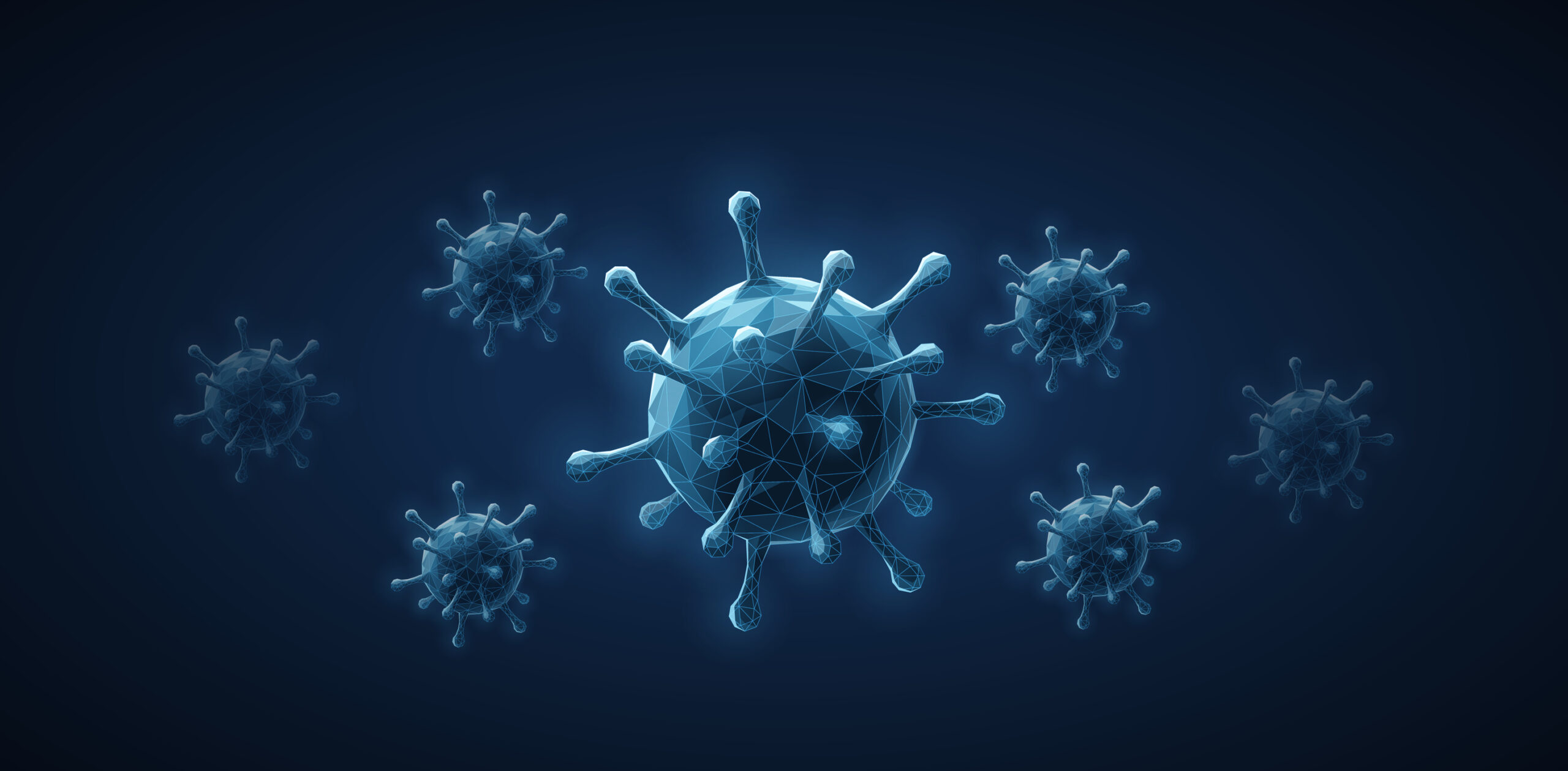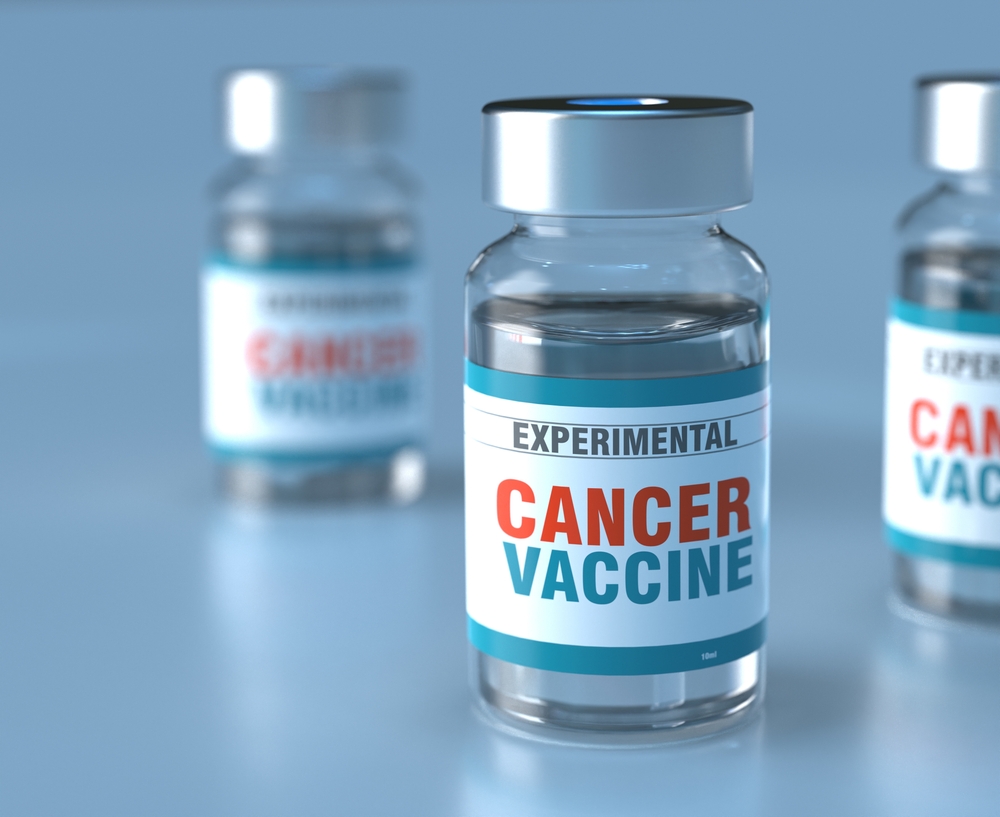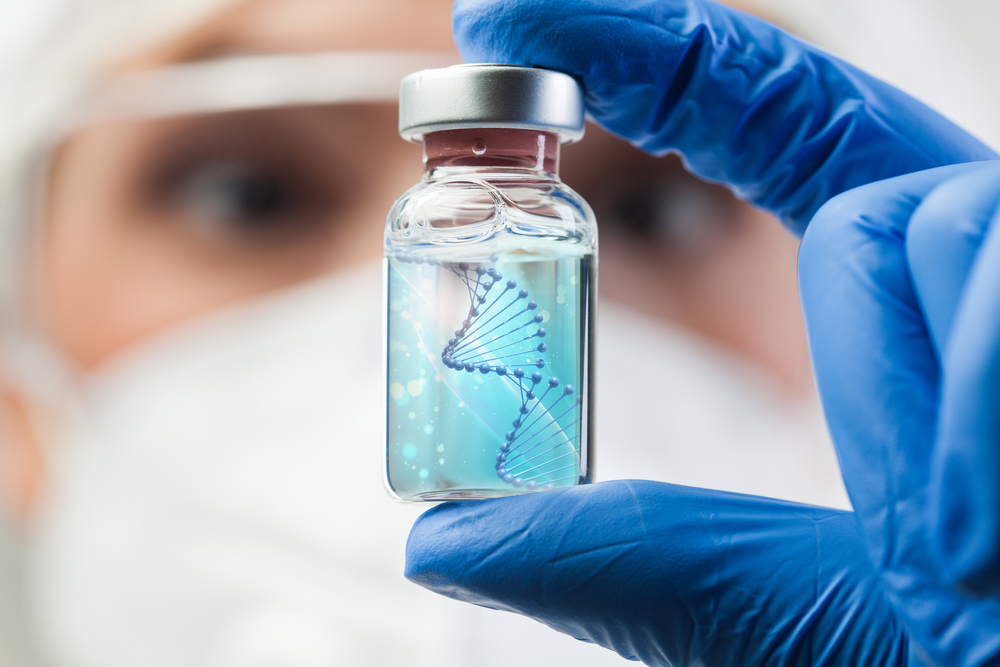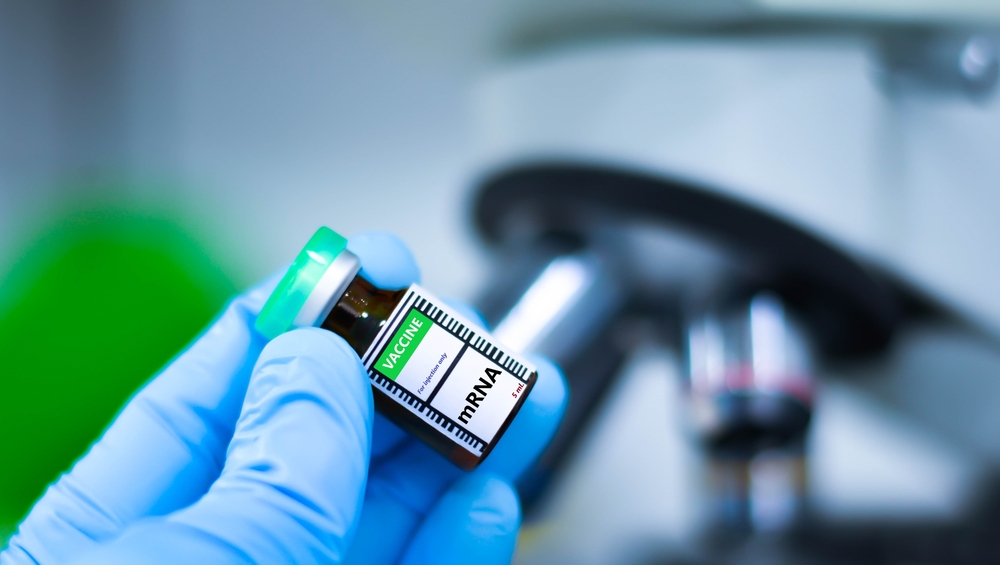Scientists Are Developing a Shot That May End Allergies Forever

Imagine a world where stepping outside during spring doesn’t feel like entering a battlefield, where a peanut butter sandwich doesn’t represent a life-or-death scenario, and where children can blow out birthday candles without fear of a stray allergen hidden in the cake. For hundreds of millions of people around the world, allergies are not just mild inconveniences but daily burdens that reshape how they live, eat, and breathe. Allergic rhinitis alone affects more than 400 million people worldwide, while food allergies impact millions more, in some cases putting lives at constant risk of anaphylaxis. Allergies can dictate careers, limit travel, and even affect relationships, because avoiding risk becomes a way of life. Despite decades of treatments and therapies—antihistamines, allergy shots, epinephrine injectors—the condition persists as a stubborn companion for humanity. The idea of living without allergies at all has felt like the stuff of science fiction, a dream out of reach. Until now.
In laboratories across the United States and beyond, researchers are working on something that could change that reality forever: an mRNA vaccine designed to retrain the immune system itself. Instead of simply managing symptoms, this vaccine would aim to reprogram the body’s memory so that it no longer mistakes harmless substances like pollen, peanuts, or dust mites for dangerous invaders. According to reporting by Vice and new scientific studies from Penn Medicine and UCLA, these vaccines are already showing promise in experimental settings. If successful, they could eliminate not only the symptoms of allergies but the very possibility of developing them. It would mean nothing less than rewriting how the body decides what is dangerous and what is safe. The story unfolding here is not just one of medicine—it is a profound reminder that science can reshape what it means to live, breathe, and thrive in the modern world.

From First Principles: Why mRNA for Allergies?
Messenger RNA, or mRNA, is not a new concept, but its arrival in the public consciousness came with the COVID-19 vaccines. Those vaccines used mRNA to deliver instructions to the body’s cells, teaching them how to recognize the spike protein of the virus and defend against it. The elegance of the technology is in its simplicity: mRNA provides a blueprint that cells temporarily use to build proteins, allowing the immune system to rehearse without exposure to the real threat. Now, scientists are repurposing that principle for allergies. Instead of showing the immune system what a virus looks like, these vaccines aim to show the immune system what an allergen looks like—under safe conditions. The goal is to stop the immune system from panicking when it encounters pollen or peanuts, and instead respond with calm recognition. In essence, it is not just a vaccine; it is a lesson in tolerance.
This approach is already producing remarkable experimental results. A 2018 scientific review described how mRNA vaccines encoding allergenic proteins could activate certain immune pathways—particularly T helper 1 and regulatory T cells—that counteract the allergy-linked T helper 2 response. In practice, this means the immune system can be nudged away from hypersensitivity and taught balance. At Penn Medicine, scientists tested an mRNA vaccine in mice and found that it successfully prevented allergens from sparking inflammation. Meanwhile, UCLA researchers created a nanoparticle system that delivered mRNA to liver cells, training them to tolerate peanut proteins without triggering harmful reactions. While these breakthroughs are still in animal models, they represent a new paradigm: a treatment that doesn’t just reduce allergic reactions but teaches the body not to have them in the first place. The immune system, once thought fixed in its patterns, turns out to be remarkably teachable.

The Promise—and the Limits
The excitement around these vaccines is not misplaced. For decades, traditional allergy therapies have relied on exposing patients to allergens in small doses over long periods, often years. These methods, while sometimes effective, carry risks: patients can have severe reactions during treatment, and the success rates are inconsistent. mRNA vaccines, however, offer a more precise alternative. By delivering highly purified, controlled instructions to the body’s cells, they may reduce the risks associated with traditional allergy shots. Even more tantalizing is the possibility of creating a single vaccine that covers multiple allergens at once. Scientists are already imagining “cocktail vaccines” that could address pollen, food allergens, and environmental triggers all at the same time. A world where someone takes one shot and is freed from decades of allergies may not be far from reality.
But hope must be tempered with caution. The reality is that most of this research is still in its infancy. What looks promising in mice does not always work in humans, and the complexities of human immune systems are notoriously difficult to predict. There are also questions of safety: allergic reactions to mRNA vaccines, though rare, have occurred in the context of COVID-19, and scientists will need to ensure that vaccines designed specifically for allergies do not trigger the very conditions they aim to cure. Furthermore, allergies themselves are complicated, involving multiple overlapping immune pathways. Even if one allergen can be neutralized, others might persist. Researchers themselves acknowledge that the therapeutic potential of these vaccines remains largely untested in clinical trials. What we are witnessing now is the first chapter in a long scientific journey, not the conclusion of the story.
And yet, the mere fact that we are even discussing the eradication of allergies is extraordinary. It shows the rapid evolution of biotechnology and the willingness of scientists to explore bold new solutions. The promise is real, but so are the limits—and navigating those boundaries with care, humility, and persistence will be essential in turning possibility into reality.

Allergic Reactions in mRNA Vaccines: What We Know
Given the overlap of “allergy” and “vaccine,” one of the first concerns people raise is whether an mRNA allergy vaccine could itself cause dangerous reactions. The COVID-19 vaccination campaign offers important data here. When those vaccines rolled out, there were initial reports of severe allergic reactions, including anaphylaxis. While concerning, deeper research revealed the risks were low. In one study of more than 52,000 health care workers, just 2% reported allergic reactions, and severe cases were extremely rare and treatable. Importantly, those who experienced reactions often still went on to receive their second dose safely under medical supervision. A systematic review published in JAMA found that the absolute risk of a severe allergic reaction after a second mRNA vaccine dose was just 0.16%. These findings suggest that while risks exist, they can be managed effectively with proper precautions.
This is critical as scientists consider the future of mRNA allergy vaccines. Any therapy aimed at retraining the immune system must itself be as safe as possible. The early signs are encouraging: allergic reactions to mRNA vaccines are rare and treatable, and protocols for monitoring and intervention are already well established in medical settings. This gives researchers confidence that with rigorous trials, they can design allergy-specific mRNA vaccines that minimize danger. Still, humility is essential. The immune system is complex, and the line between tolerance and overreaction is thin. Scientists are treading carefully, not rushing to declare victory, but step by step building a foundation for safe and effective treatments. Safety is not just a requirement—it is the cornerstone on which trust in this technology will depend.

What This Means for You (and for Us)
Allergy vaccines may feel distant to those who are not personally affected, but the deeper story speaks to everyone. What scientists are attempting here is to change the immune system’s definition of friend and foe. That mirrors something profoundly human: the need to change how we respond to the world around us. Just as an overreactive immune system turns harmless pollen into an enemy, our minds sometimes turn everyday stresses or criticisms into overwhelming threats. The process of healing, in both science and psychology, often involves teaching tolerance—relearning what is harmless, what can be embraced, and what truly requires our fight. This is why the allergy vaccine story resonates far beyond medicine. It is a lesson in perspective, resilience, and growth.
On a personal level, think of the ways in which you may have your own “mental allergies.” Perhaps you overreact to rejection, or you treat failure as catastrophic. These are responses wired deeply into your system, just as allergies are wired into the immune system. But like the immune system, the mind can be retrained. Exposure therapy, mindfulness, and gradual resilience-building are mental equivalents of an mRNA vaccine. They help us reprogram our responses, allowing us to navigate life with balance instead of panic. The science unfolding in laboratories is a reminder that change is possible, not just for the body but for the mind. As researchers teach cells tolerance, we too can teach ourselves tolerance in our daily lives.
A Horizon, Not a Promise
It is important to remember that we are still at the horizon, not the destination. Clinical trials have not yet proven that an mRNA allergy vaccine will work in humans. Safety and efficacy must be tested again and again, and it will take years before such a treatment might be available to the public. There will be obstacles along the way: financial costs, ethical debates, and the slow gears of regulation. But the very idea that allergies might one day be eradicated is astonishing in itself. It shows us the power of science to push boundaries and reimagine what is possible for human health. Where once allergies felt like permanent, immovable conditions, now they appear as challenges waiting to be solved.
If that day comes, it will mean more than just relief from sneezing or the absence of EpiPens. It will mean children experiencing freedom, families living without fear, and individuals tasting the fullness of life without limitations. And even if this exact vaccine does not succeed, the journey it represents—a journey toward teaching tolerance at the cellular level—will inspire new treatments and new breakthroughs. The greater lesson is clear: whether in the lab or in our personal lives, we have the capacity to change, to grow, and to find balance. The horizon may still be distant, but the direction is clear, and it points toward a future filled with resilience, healing, and hope.
Loading...

